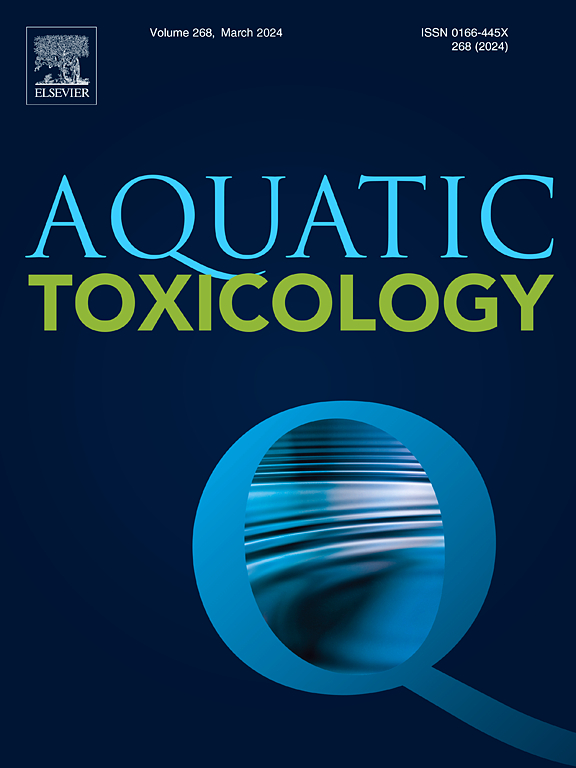Oxidative stress dynamics in Hyalella azteca under sub-chronic exposure to naturally aged polypropylene microplastics
IF 4.1
2区 环境科学与生态学
Q1 MARINE & FRESHWATER BIOLOGY
引用次数: 0
Abstract
Microplastics (MPs) pollution has revealed a serious environmental issue, demonstrating chronic consequences for the affected environments and organisms. Although these plastic particles, pristine and aged, can circulate in different environmental matrices, their actual impacts on aquatic ecosystems are still under investigation. Here, we studied the toxicity of naturally aged secondary polypropylene (PP) MPs after constant exposure to ultraviolet radiation (26 µm) to the freshwater amphipod Hyalella azteca. The concentrations tested were 135, 1350, and 13,500 items/L. H. azteca was investigated for mortality and changes in enzyme markers after 7 and 14 days of exposure followed by a further 7 days of depuration. The results show that mortality was only significant at the highest concentration tested. The concentration of 13,500 items induced oxidative stress after 7 days of exposure only at the MDA levels and CAT activity, while the concentrations of 1350 and 13,500 items/L induced oxidative stress in all tested markers (SOD, CAT, GST and MDA after 14 days. After 7 days of depuration, the levels of biochemical damage were reduced, demonstrating the ability of the species to recover as they are isolated from this pollutant.
求助全文
约1分钟内获得全文
求助全文
来源期刊

Aquatic Toxicology
环境科学-毒理学
CiteScore
7.10
自引率
4.40%
发文量
250
审稿时长
56 days
期刊介绍:
Aquatic Toxicology publishes significant contributions that increase the understanding of the impact of harmful substances (including natural and synthetic chemicals) on aquatic organisms and ecosystems.
Aquatic Toxicology considers both laboratory and field studies with a focus on marine/ freshwater environments. We strive to attract high quality original scientific papers, critical reviews and expert opinion papers in the following areas: Effects of harmful substances on molecular, cellular, sub-organismal, organismal, population, community, and ecosystem level; Toxic Mechanisms; Genetic disturbances, transgenerational effects, behavioral and adaptive responses; Impacts of harmful substances on structure, function of and services provided by aquatic ecosystems; Mixture toxicity assessment; Statistical approaches to predict exposure to and hazards of contaminants
The journal also considers manuscripts in other areas, such as the development of innovative concepts, approaches, and methodologies, which promote the wider application of toxicological datasets to the protection of aquatic environments and inform ecological risk assessments and decision making by relevant authorities.
 求助内容:
求助内容: 应助结果提醒方式:
应助结果提醒方式:


